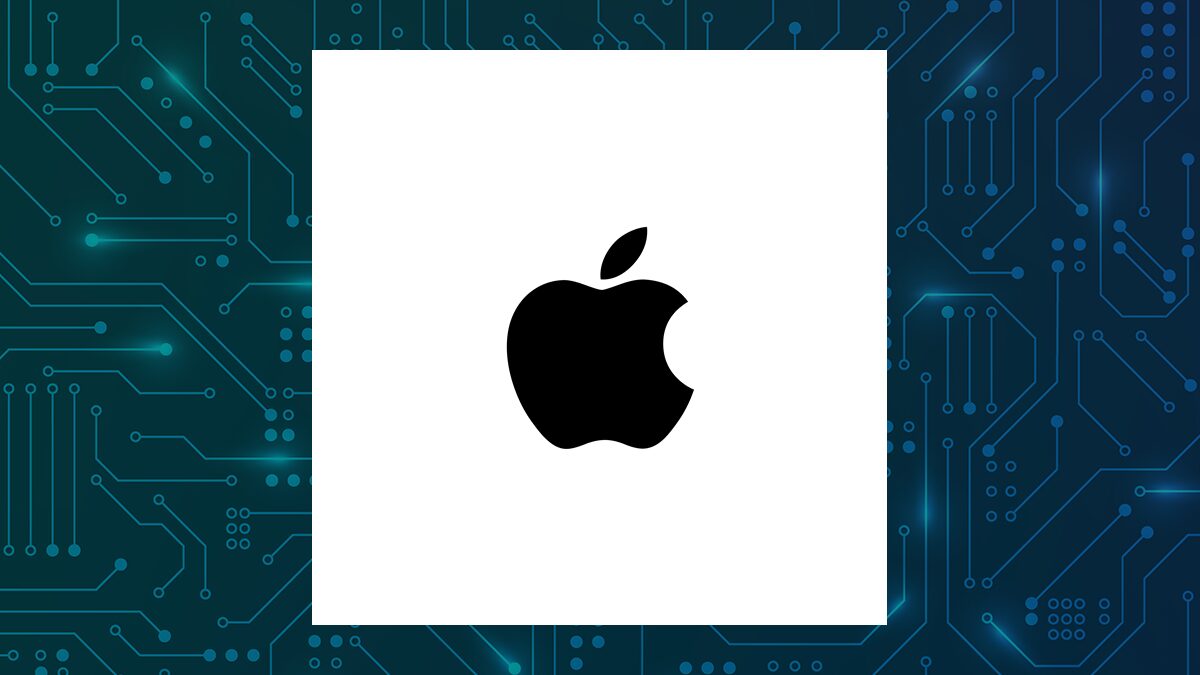In a landscape where brands compete fiercely for consumer attention, developing effective strategies for online product discovery is crucial. Companies are increasingly investing in website enhancements and search marketing to ensure that potential customers can easily find their products. However, many brands still approach this challenge with a fragmented mindset, treating each marketing touchpoint as a separate channel rather than integrating them into a cohesive product discovery ecosystem.
Modern brands have access to extensive customer data, which can provide insights into macro trends and individual preferences. This dual perspective allows companies to tailor their offerings more effectively. With advancements in AI technologies, including AI search and curation tools, it becomes essential for brands to present a unified front. Just as music streaming platforms recommend songs based on user behavior, brands must create an interconnected experience that resonates with consumers.
Three Pillars of Product Discovery
Building a successful product discovery ecosystem requires attention to three fundamental pillars: technical fundamentals, product storytelling, and strategic planning. Companies must ensure their technology stack is reliable and integrates seamlessly, while also focusing on compelling storytelling through onsite content, email marketing, and advertising creative. Tools like Shopify, Meta, and Braze facilitate the management of these elements, allowing brands to derive insights from a unified approach.
Transforming Discovery into a Continuous Loop
Rather than viewing product discovery as a single touchpoint, brands should consider it a flywheel. This means that social media engagement can influence advertising performance, which in turn drives customer relationship management (CRM) and onsite browsing, ultimately leading to purchases. Each customer interaction should inform subsequent engagements, creating a continuous loop of learning and optimization. For instance, in its collaborations with Post Malone, Oreo monitors engagement and purchasing trends to tailor future experiences for its fans.
Listening to customers is equally important. Brands should focus on real consumer behavior rather than relying solely on surveys or focus groups. When a new product generates significant interest, it signals potential areas for expansion. By analyzing which emails are opened, what content is shared on social media, and which items are browsed without being purchased, companies can gain valuable insights. For Kinder’s, leveraging first-party data allowed them to identify popular products and flavors, ultimately guiding their development decisions.
Another critical aspect is targeted advertising. Brands must utilize collected data responsibly to deliver relevant recommendations to interested consumers. Serving generic ads to a broad audience may diminish user experience and lower conversion rates. By focusing on personalized marketing, companies can build trust with their audience, who increasingly expect tailored interactions.
Finally, as AI search technologies grow in importance, brands need to ensure their products are easily discoverable. This involves maintaining clean product feeds, consistent descriptions across direct-to-consumer channels, and well-organized content. For example, Happy Family Organics created dedicated AI-specific landing pages to enhance visibility in AI-generated recommendations.
In summary, as the number of consumer touchpoints continues to expand, brands must adopt robust and intentional product discovery strategies. By creating a seamless and personalized experience across various platforms, companies can enhance their visibility and foster deeper connections with their audiences. This approach not only meets the expectations of modern consumers but also positions brands for sustained success in a competitive market.







